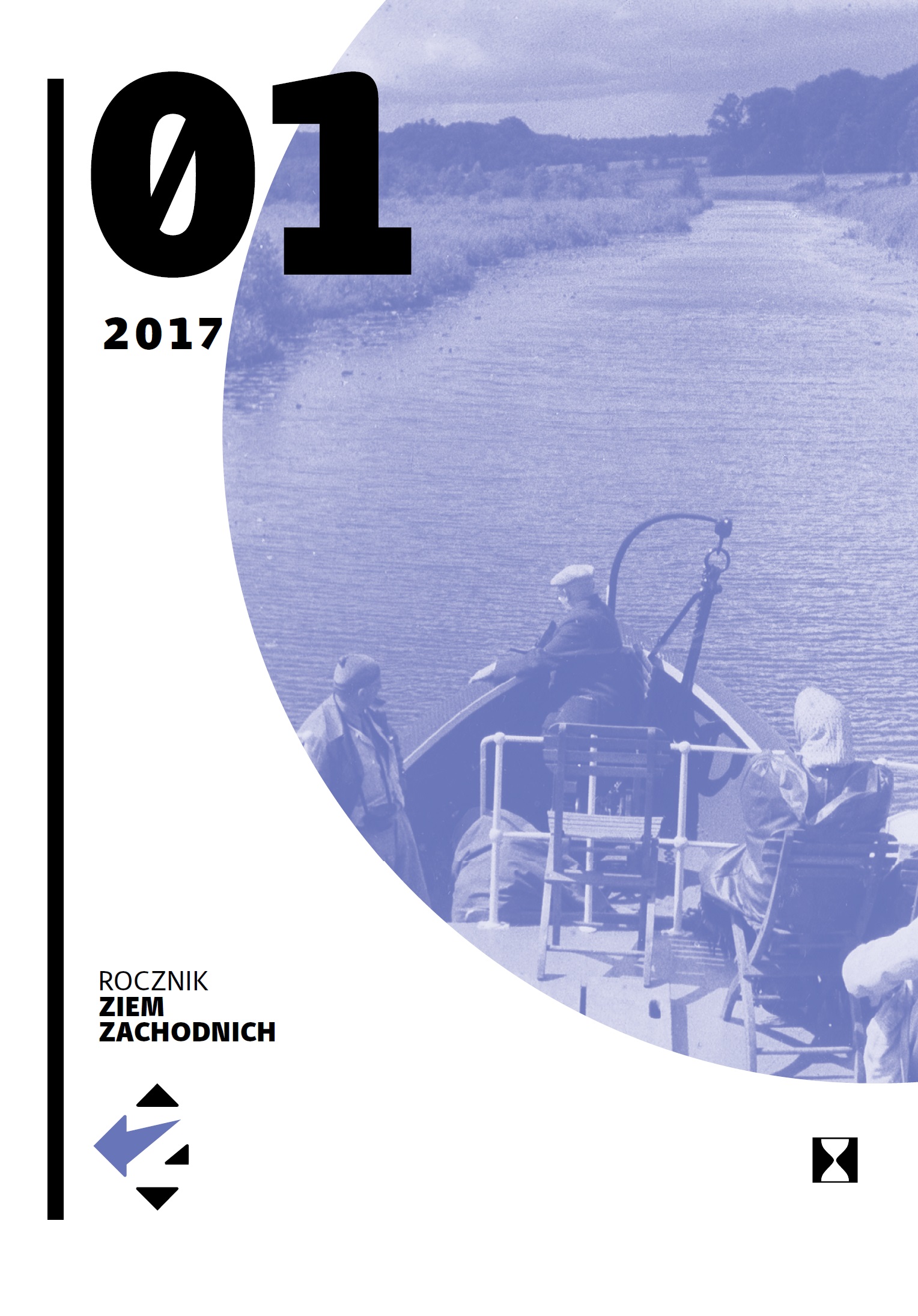Relacje państwo – Kościół w komunistycznej Polsce na przykładzie Śląska Opolskiego (1945–1989)
State-Church relations in communist Poland – the example of Opolian Silesia (1945–1989)
Author(s): Andrzej HanichSubject(s): History, Political history, Recent History (1900 till today), WW II and following years (1940 - 1949), Post-War period (1950 - 1989)
Published by: Ośrodek »Pamięć i Przyszłość«
Keywords: Opolian Silesia;Church in Opolian Silesia;Stalinisation of the country under Bolesław Bierut;politics of confrontation under Władysław Gomułka;„rationed” democracy under Edward Gierek;
Summary/Abstract: In the first post-war decade under the governments of Bolesław Bierut, the Church’s mission in Opolian Silesia was questioned by the communist authorities. After several years of preparation, the authorities decidedly went on the offensive at the beginning of the 1950s with the initial aim of weakening its „participation in the system” and ultimately of destroying those values of which the former had been guardian throughout the centuries of its existence. This was a true battle for the shape, character of the mission and spiritual independence of the Church. Shortly after the political change of October 1956, the authorities began to „tighten the screws” of its anti-Church politics once again. In December 1970 in Gdańsk, and then in other coastal cities, protest demonstrations broke out and were bloodily suppressed by the authorities. The Church and its Primate exerted their influence to pacify the populace, leading to atmosphere feeling of calm. The period from 1970 was meant to be, in the minds of the Marxists, a period when the state would enter the area of denominational politics in a phase of full normalisation of state-Church and social-religious relations. Liberalisation towards the Church proceeded slowly and against a background of resistance expressed by problems encountered during catechisation and church-building. The disturbances of June 1976 led to repression by the military police towards workers in Radom, Ursus and other centres. The government sought support from the Church which once again tried to reduce tension within society, but simultaneously demanded recognition of people’s human rights. Despite this, social defiance grew up to the creation and legalisation of „Solidarity” in 1981. This forced changes at the pinnacle of the government. General Wojciech Jaruzelski came to power and this led to the imposition of martial law. In terms of policy towards the Church, this was embodied in liberalisation, mainly in the form of the construction of religious buildings – the greatest number of churches was built during the last decade of the Polish People’s Republic. The communist authorities still did not suspend its actions aimed at rooting out the Church and religion from public life. An especially glaring example of this policy was the removal of crosses and other religious symbols from public places. Against the background of a growing socio-economic crisis, the Church authorities advocated negotiating an understanding between state authorities and the opposition. In this way, they contributed to the breakthrough which occurred in the political life of the country in the years 1989–1990.
Journal: Rocznik Ziem Zachodnich
- Issue Year: 1/2017
- Issue No: 1
- Page Range: 192-230
- Page Count: 39
- Language: Polish

